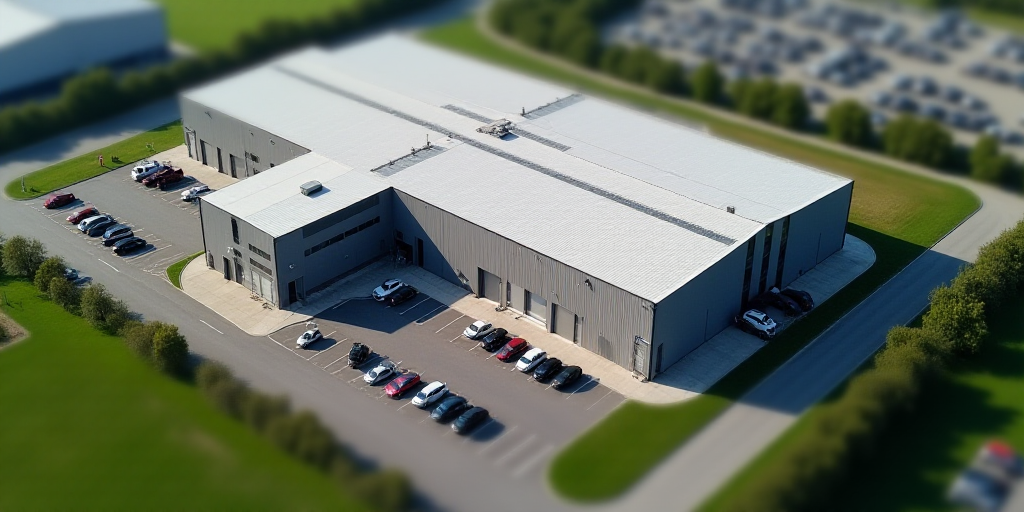Background on Key Players and Relevance
Monterrey, Mexico’s largest industrial market with over 18.6 million square meters of inventory, has experienced an unprecedented exodus of companies abandoning more than 425,000 square meters (m²) of space. This trend marks the highest level of vacancy in seven years, reflecting a new phase following the “boom” of nearshoring—the relocation phenomenon that fueled industrial warehouse demand during and after the pandemic.
Key players like Bosch, Michelin, Remsa, SB Logistics, and AGP Glass have contributed to this shift. Bosch vacated 30,000 m², while Michelin, Remsa, SB Logistics, and AGP Glass also left significant space. AGP Glass’s departure followed Tesla’s pause of its Mexico project.
Reasons for the Exodus
Sergio Panero, Turner & Townsend’s regional manager in Mexico and Latin America Real Estate lead, explained that the exodus is driven by several factors:
- Trade tension with the U.S.: Particularly, tariffs on imported goods have impacted businesses.
- Speculative inventory growth: The market has seen an increase in unoccupied spaces.
- Nearshoring cooling: The initial growth in relocating businesses has slowed down.
Additionally, the industrial real estate sector faces rising construction costs. Although material and labor price inflation stabilized post-pandemic, the current commercial environment has once again tightened supply chains, especially for steel.
Challenges and Opportunities
Panero acknowledged the sector’s challenges but also highlighted opportunities:
- Cost management: Developers and builders have adopted strategies to secure costs before tariff cycles or accelerate construction methods to avoid overruns.
- Strategic relocation: Most companies that abandoned space have maintained operations in other regions, indicating a strategic shift rather than a complete withdrawal.
Turner & Townsend, post its merger with CBRE Mexico, aims to focus on property project management in the country.
Key Questions and Answers
- What is causing the exodus of companies from Monterrey’s industrial space market? The primary reasons are trade tensions with the U.S., speculative inventory growth, and the cooling of the nearshoring trend.
- How are rising construction costs affecting the industrial real estate sector? Companies and developers are employing strategies to secure costs before tariff cycles or accelerate construction methods to avoid overruns.
- What does the strategic relocation of companies signify for Monterrey’s industrial market? It indicates a shift in focus rather than a complete withdrawal from the region.






